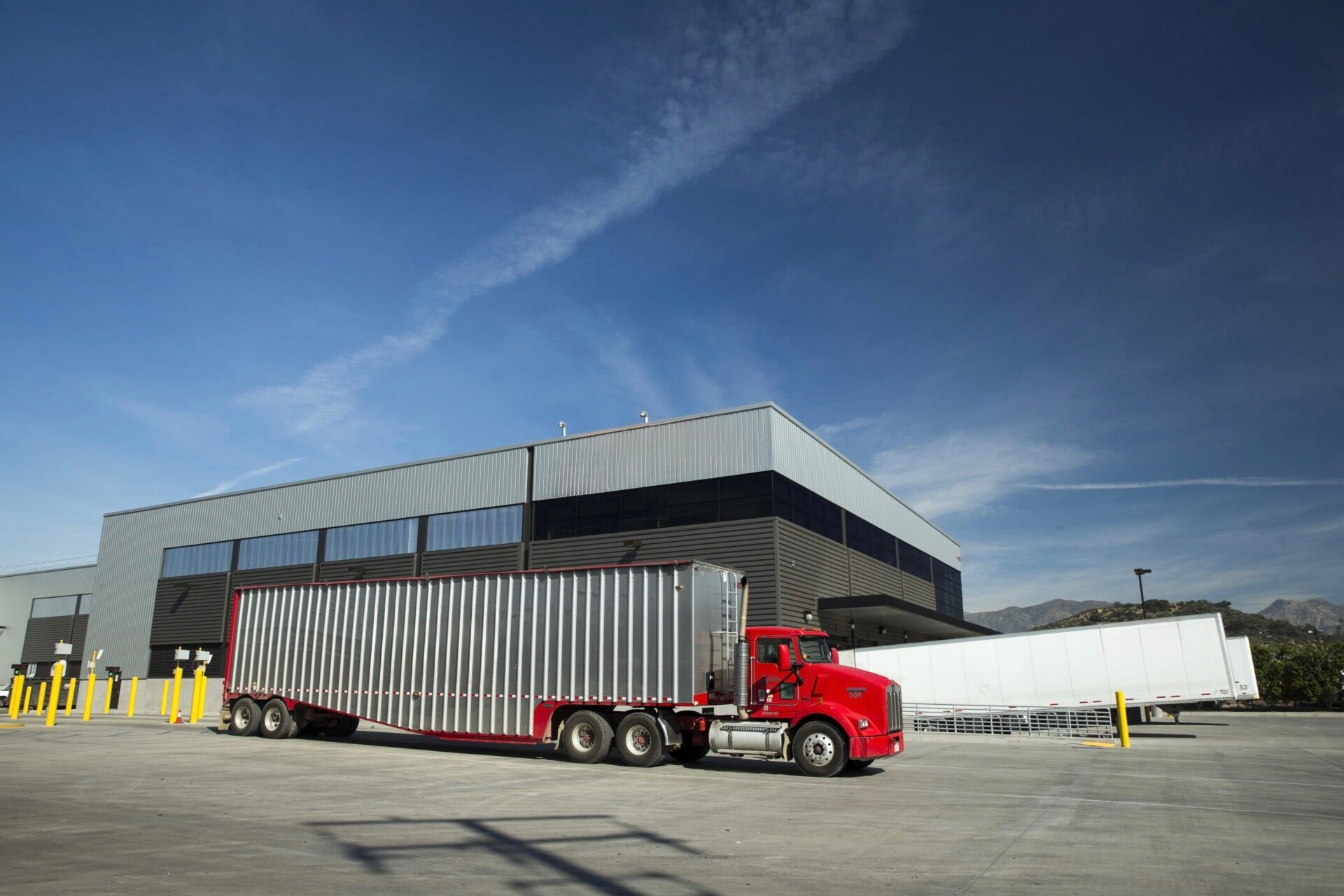Optimizing Transportation Costs in Recycling: A Practical Guide for MRFs
How to Optimize Transportation Costs in Recycling Operations
Transportation is one of the most significant expenses for Material Recovery Facilities (MRFs), especially when handling bulky, low-density materials like plastic films, mixed paper, and cardboard. Rising fuel prices, driver shortages, and supply chain disruptions make efficient freight management crucial to profitability. However, with the right strategies, MRFs can reduce transportation expenses and improve margins. Here’s how MRFs can streamline logistics and lower costs without compromising operations.
The Challenge of Transporting Low-Density Recyclables
Many recyclables, such as plastic films, PET bottles, and mixed paper, take up significant space but weigh very little. This often results in trucks “cubing out” (reaching maximum volume) before they “weigh out” (reaching maximum weight). The result is inefficient loads, increased trips, and higher costs per ton. Compacting materials into dense bales or flakes is one of the best ways to address this issue, but additional strategies can further improve cost-efficiency.
Strategies for Optimizing Transportation Costs
1. Maximize Load Efficiency with Advanced Compacting Equipment
High-performance balers and compactors can significantly increase material density, allowing MRFs to fit more recyclables per truckload and reduce trip frequency. Baled materials such as OCC (old corrugated cardboard) and PET can cut costs by hundreds of dollars per shipment.
• Example: A Midwest MRF upgraded its baling equipment to achieve 1,800-pound bales of OCC, up from 1,200 pounds. This increased truck utilization by 30% and reduced transportation costs by $50 per load.
2. Partner with Local Buyers to Reduce Long-Haul Freight
Shipping materials to distant buyers drives up freight costs due to fuel surcharges and driver fees. Partnering with local buyers or processors can minimize these expenses while improving service reliability.
• Pro Tip: Build a network of regional buyers that can accept materials during market fluctuations. This creates more flexibility and reduces dependency on long-haul routes.
3. Optimize Routing and Freight Consolidation
Investing in logistics software can help MRFs optimize routes, reduce empty miles, and group shipments efficiently. Additionally, co-loading with other facilities can help maximize truck capacity.
• Example: A New York-based MRF partnered with nearby facilities to consolidate shipments of mixed paper to the same buyer. By co-loading smaller batches into one full truckload, they cut per-ton transportation costs by 20%.
4. Use Freight Brokers Strategically
Freight brokers can secure competitive rates by negotiating with a network of carriers. However, some MRFs become overly reliant on brokers, leading to inconsistencies in service and unexpected delays.
• Best Practice: Work with brokers who specialize in recycling logistics and vet carrier performance regularly to ensure timely pickups and deliveries.
5. Implement Real-Time Tracking and Load Monitoring
GPS-based tracking systems and telematics improve visibility into shipment statuses, helping MRFs prevent delays, address route issues, and avoid detention fees. Real-time tracking also enables facilities to reroute shipments if disruptions occur.
• Case in Point: A West Coast MRF reduced detention fees by 15% after implementing a load-tracking system that alerted drivers to potential bottlenecks at receiving facilities.
6. Balance Load Types to Reduce Empty Miles
Empty return trips, known as “deadhead miles,” are a common issue in recycling logistics. MRFs can reduce empty miles by securing backhaul opportunities, where trucks carry loads on return trips instead of traveling empty.
• Pro Tip: Partner with manufacturers or distributors in your delivery regions that need materials transported back. For example, some MRFs transport pallets, finished goods, or other recyclable materials on return trips.
7. Leverage Regional Freight Networks and Partnerships
Joining freight cooperatives or partnering with nearby MRFs allows facilities to share trucking resources and benefit from lower group rates. These partnerships improve load efficiencies and cut costs.
• Example: A group of recycling centers in the Southeast formed a transportation co-op, reducing individual freight expenses by sharing truckloads and negotiating bulk contracts with carriers.
8. Negotiate Long-Term Carrier Contracts
Long-term contracts with trusted carriers can provide stable pricing and reliable service, especially during peak demand periods when spot rates spike. Contracts with performance-based incentives also improve service reliability.
The Importance of Data-Driven Decisions
Tracking key performance metrics like cost per ton-mile, detention fees, and load utilization rates helps MRFs identify inefficiencies and make data-driven improvements. Regularly reviewing transportation reports can highlight trends and guide adjustments in operations.
• Metric to Monitor: Detention times over 30 minutes can significantly impact costs. Identify patterns and communicate directly with carriers and buyers to streamline unloading processes.
Case Study: A Midwest MRF’s Success with Transportation Optimization
A mid-sized MRF in the Midwest implemented a transportation strategy that included upgrading to high-density balers, partnering with local buyers, and adopting route optimization software. Over 18 months, the MRF reduced transportation costs by 22%, saved over $100,000 in fuel expenses, and cut load requirements by 15%.
The Future of Recycling Logistics
Emerging technologies like autonomous trucks, smart route planning, and load-sensing devices are set to further improve transportation efficiency. MRFs that stay ahead of these innovations can maintain competitive costs and meet growing demand for recyclables.
Conclusion
Transportation costs can significantly impact an MRF’s profitability, particularly when handling bulky, low-density materials. By investing in compaction equipment, forming regional partnerships, optimizing routes, and leveraging real-time tracking, MRFs can reduce costs and maximize efficiency. At Midas Peak, we specialize in connecting MRFs with logistics solutions that enhance operations and profitability. Contact us today to learn how we can support your facility’s transportation strategy.

